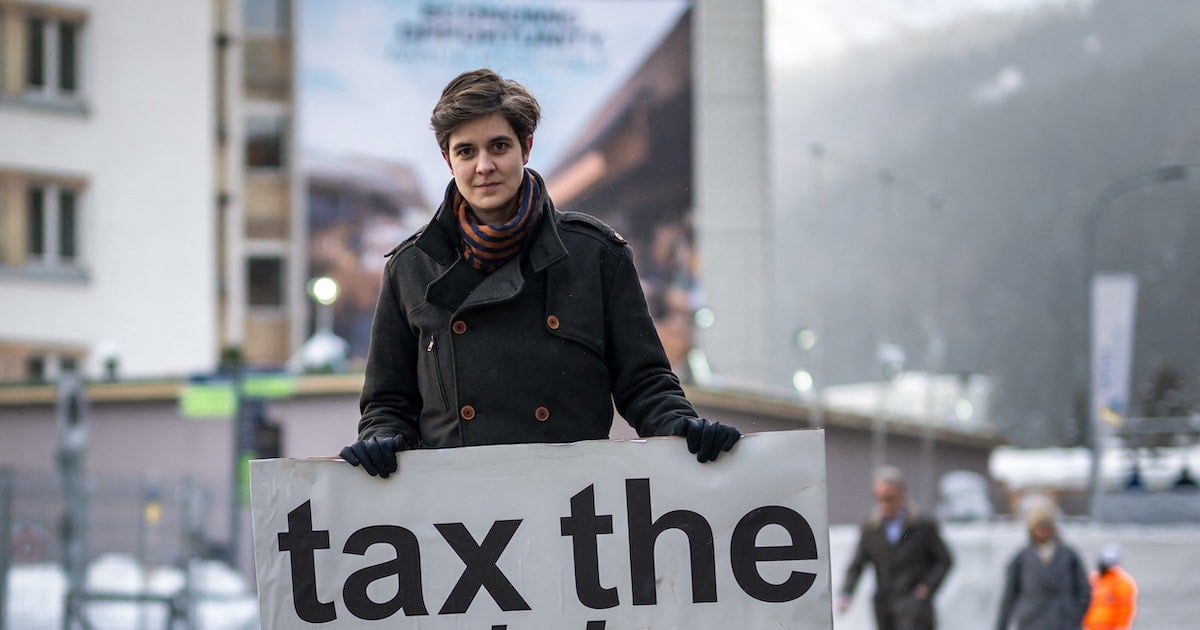
Second, demand Congress require
that the price to exercise stock options must be the current price of shares
plus the increase of the overall stock market. That way executives don’t get a
free lunch from a general increase in stock values. For example, imagine that
executive with a $10 option. She makes a $40 profit by selling out at $50. However,
if the overall market doubled in value, then the executive would pay $20 per
share when exercising the option, and the profit would be $30 before taxes. Ending
buybacks would help keep stock prices more in line with corporate profits, not
market manipulations.
Third, Congress could impose higher
marginal tax rates on salaries in the millions, tens of millions, and hundreds
of millions of dollars. This year, the top federal income tax rate of 37
percent starts at $609,350, roughly the threshold for joining the 1 percent.
That’s a lot of money, but not to those in the $50 million-and-up executive pay
class. The top 506 executive class members in 2021 made $609,350 in less than
two days, yet they pay taxes at the same rate as, or at an even a lower rate than, a two-income
couple who worked all year to make that amount. That’s because many executives
get “qualified” options. Those are taxed at just 15 percent—and that tax applies
only when the stock is sold, not when the option is exercised.
Adding progressively higher tax
brackets at $1 million, $5 million, $10 million, $25 million, and so on would
bring more tax revenue to our government, which is awash in the red ink of
annual budget deficits. That would also foster fairness in how the national pay
pie is sliced up. So would taxing all options at the same rate as cash pay and imposing
the tax immediately when the options are exercised.